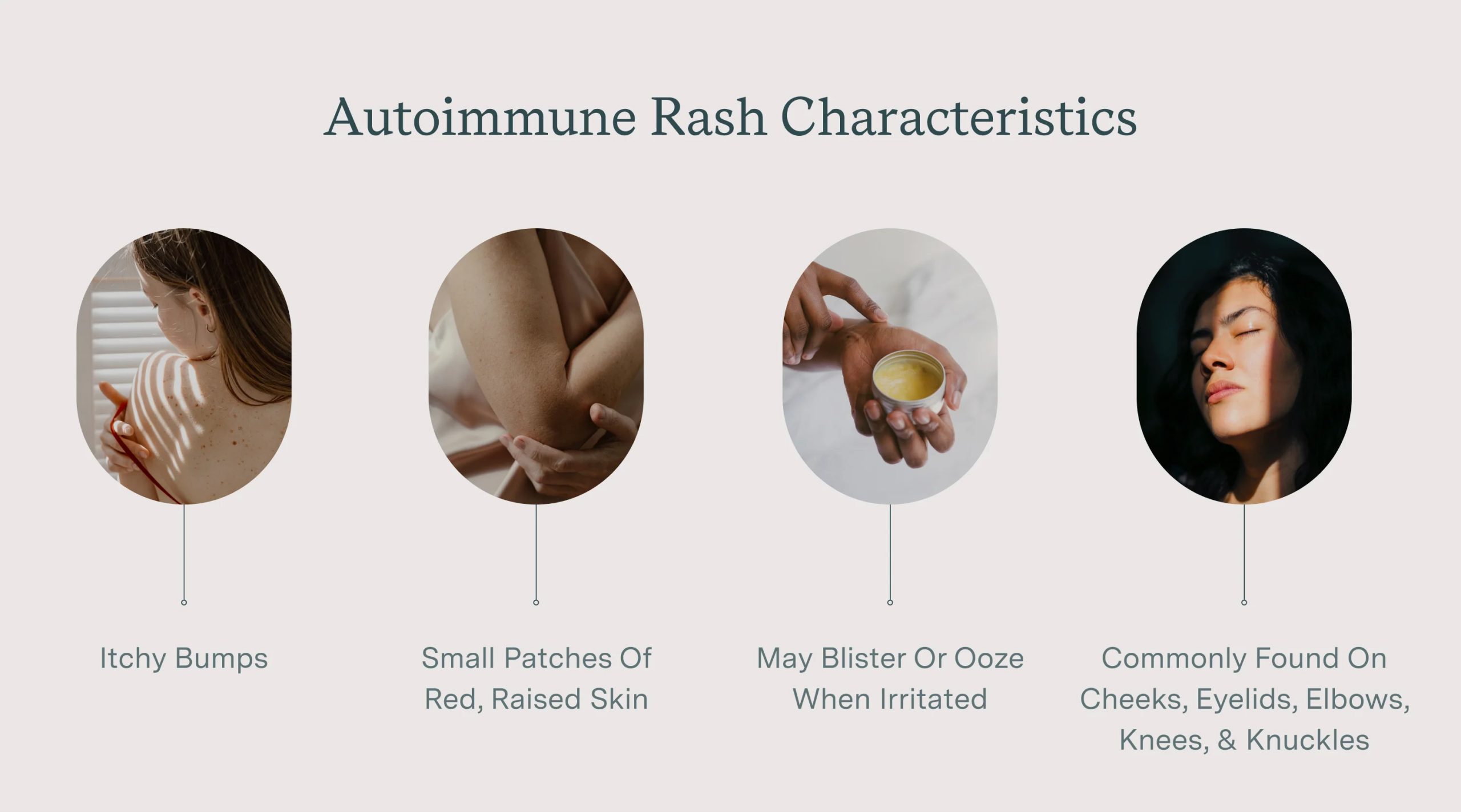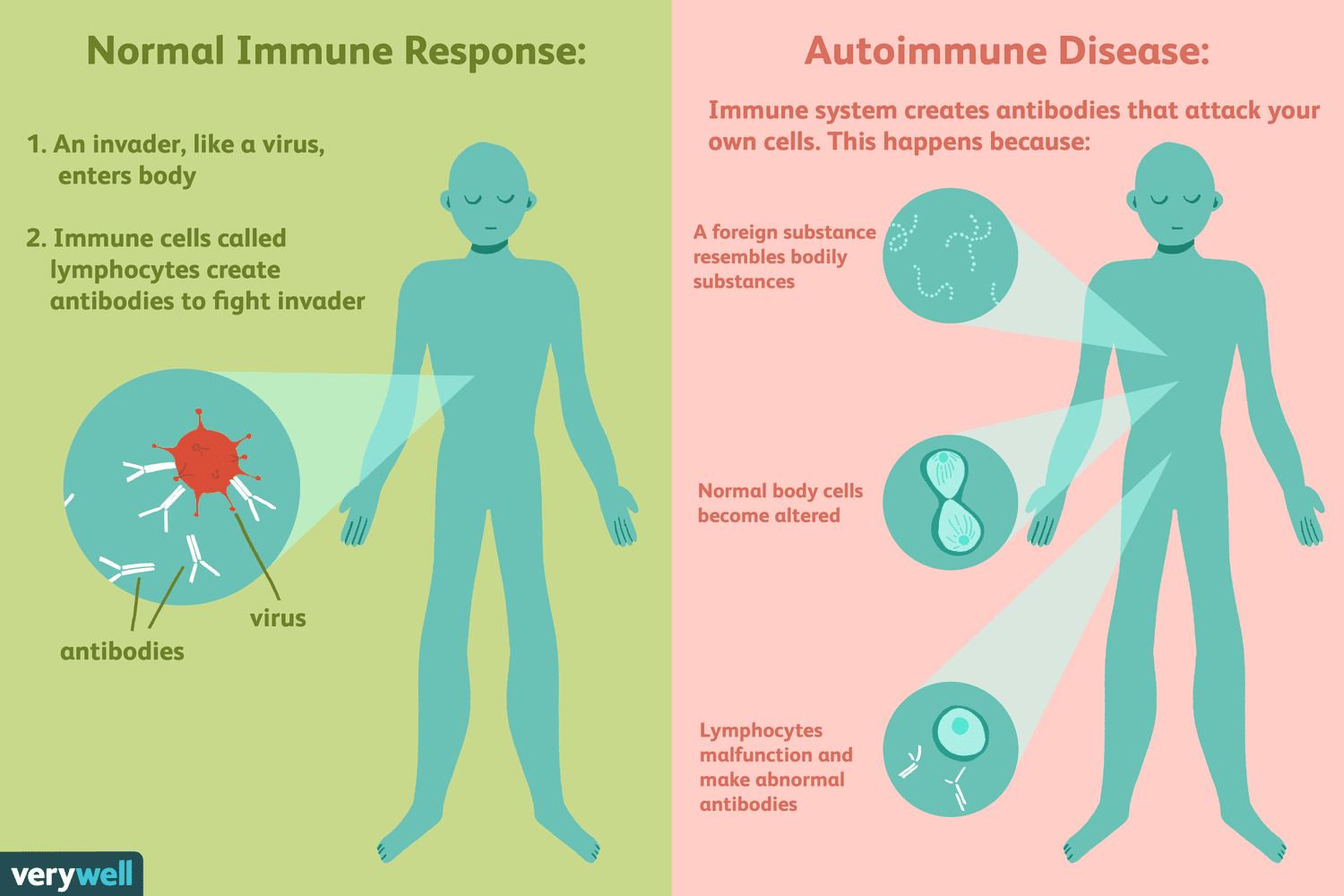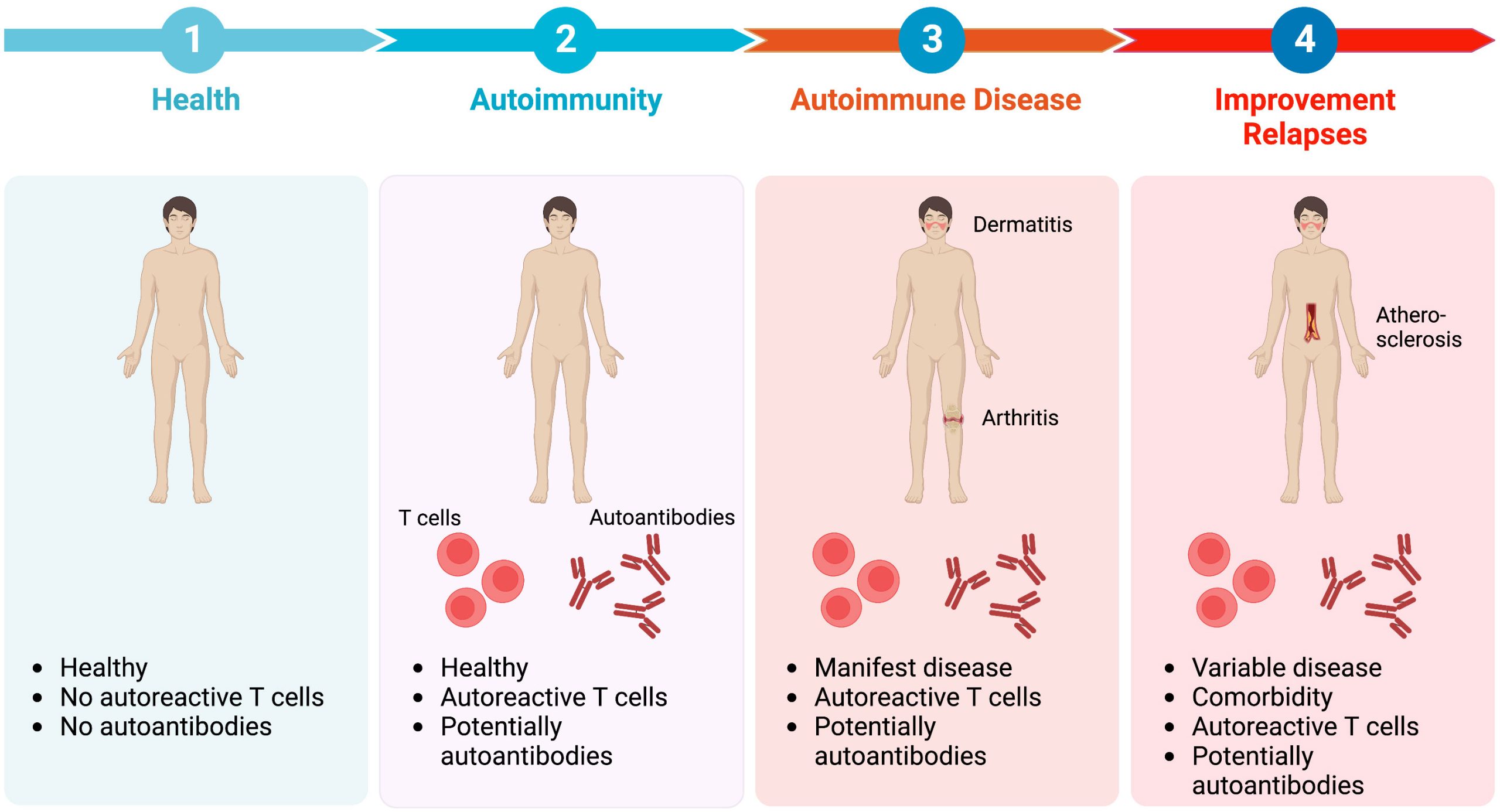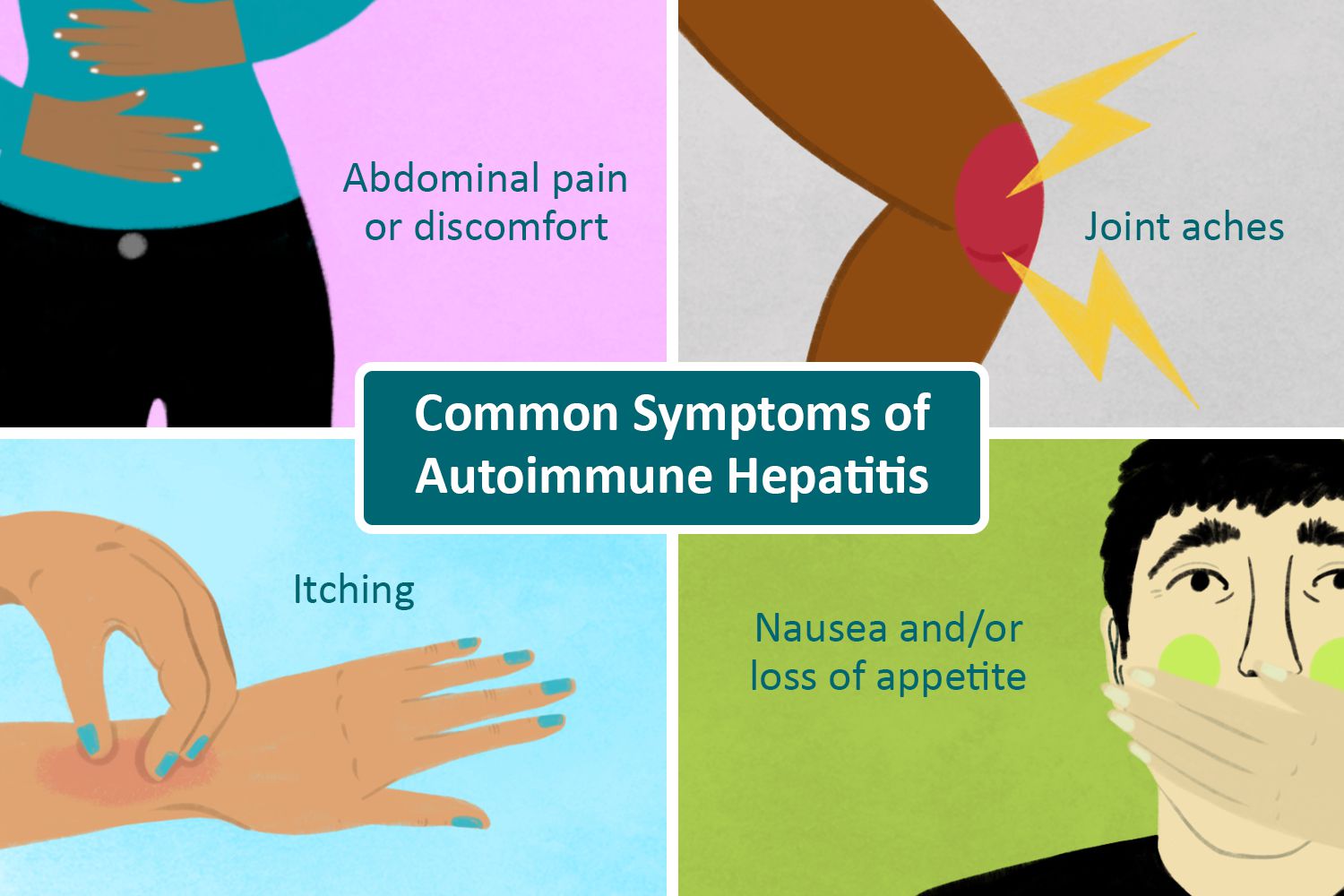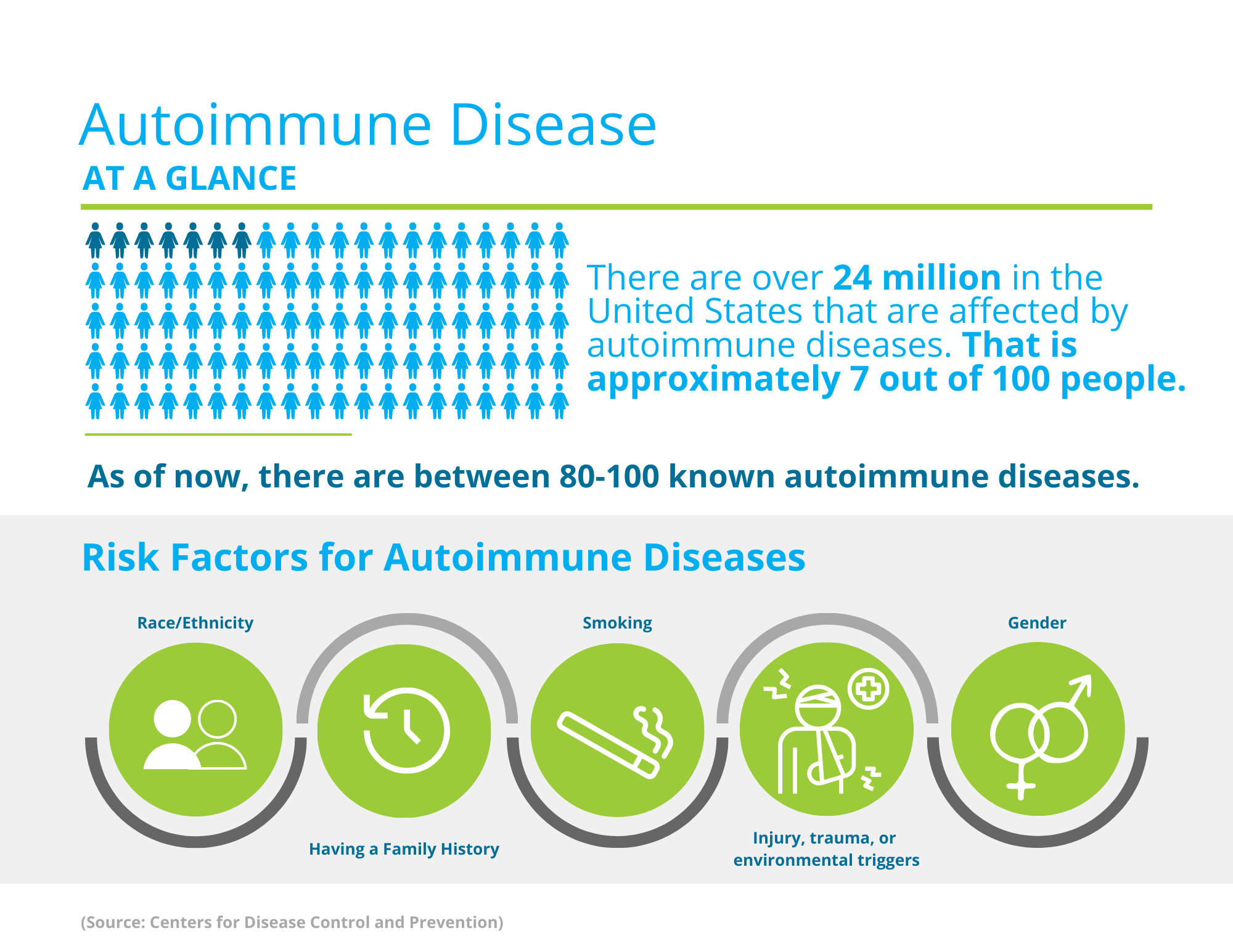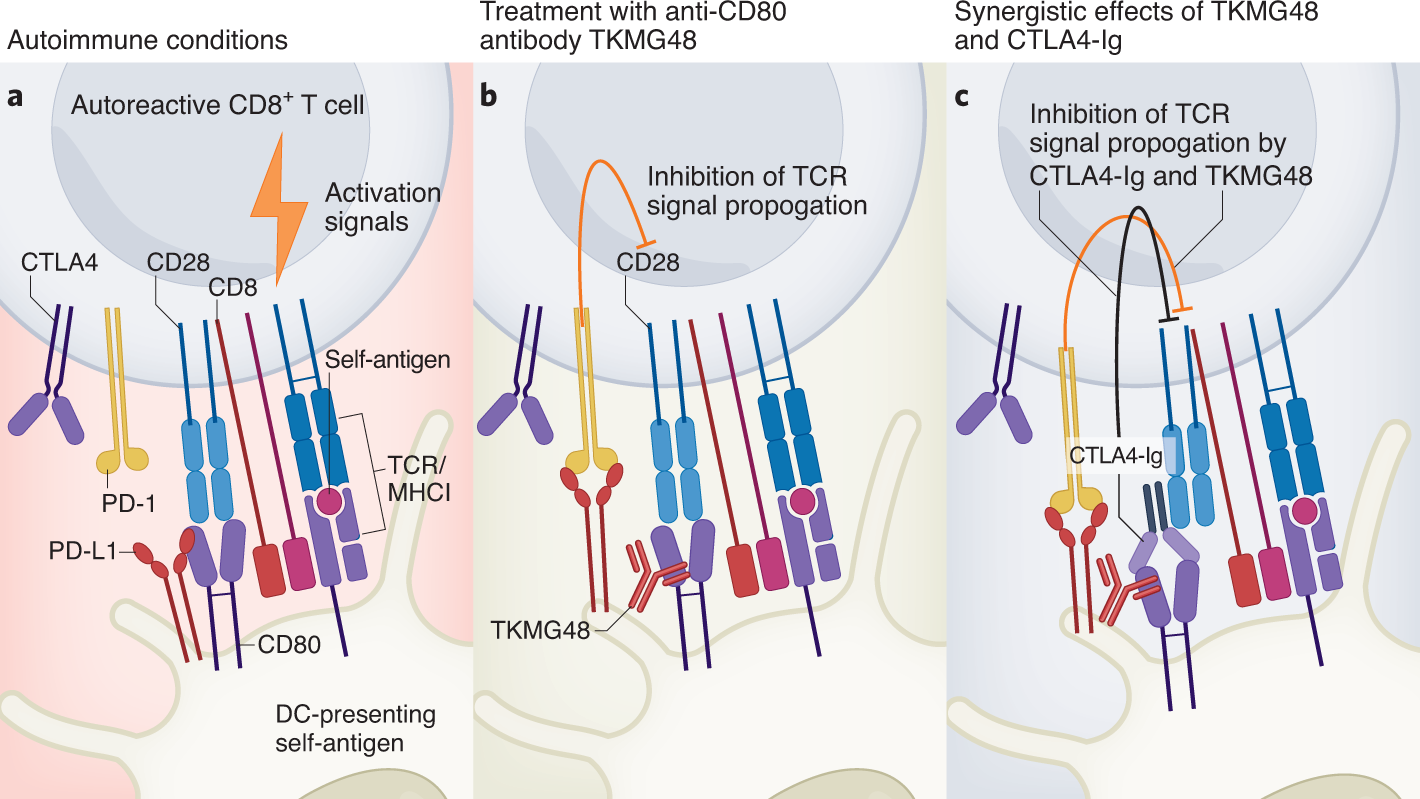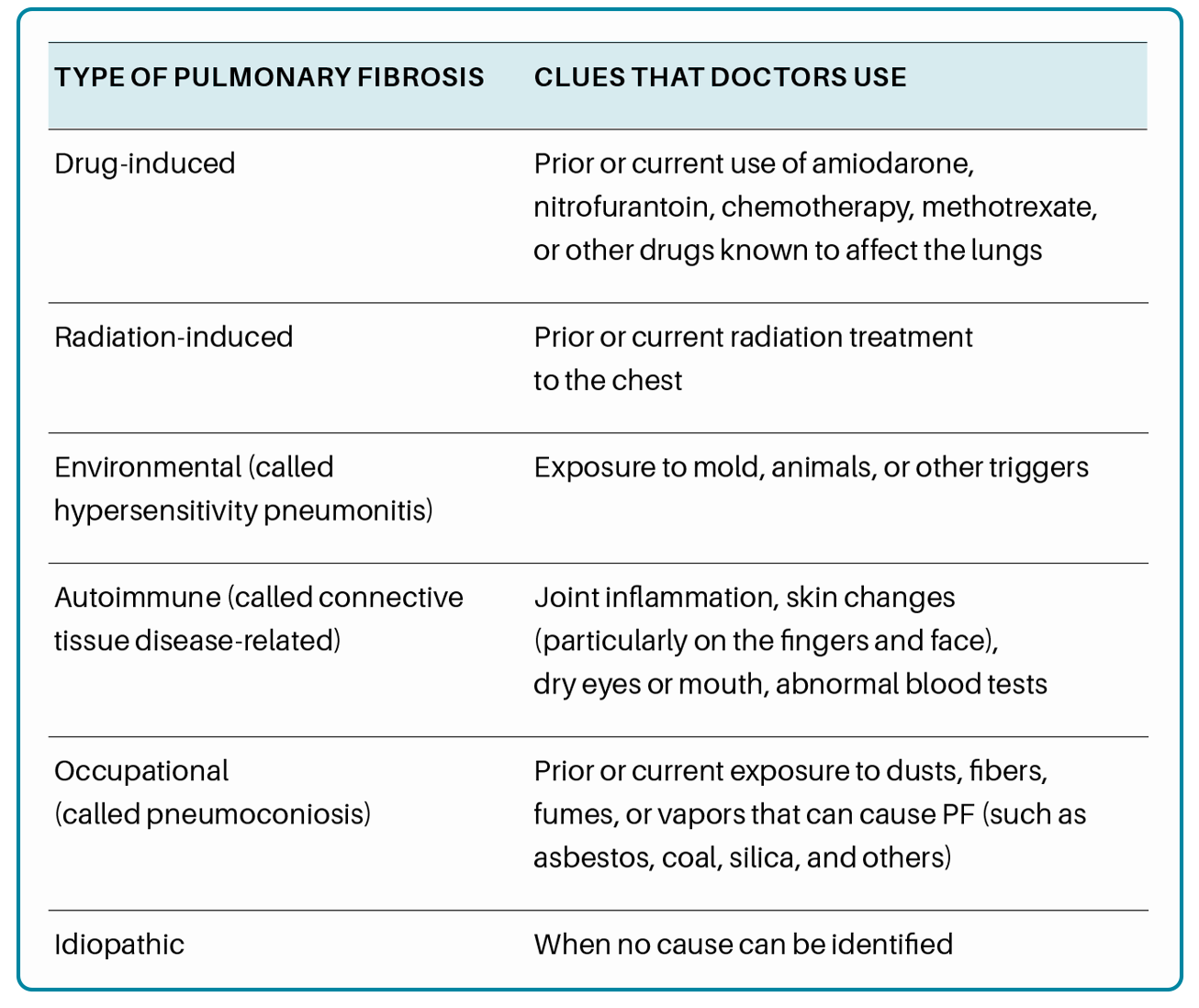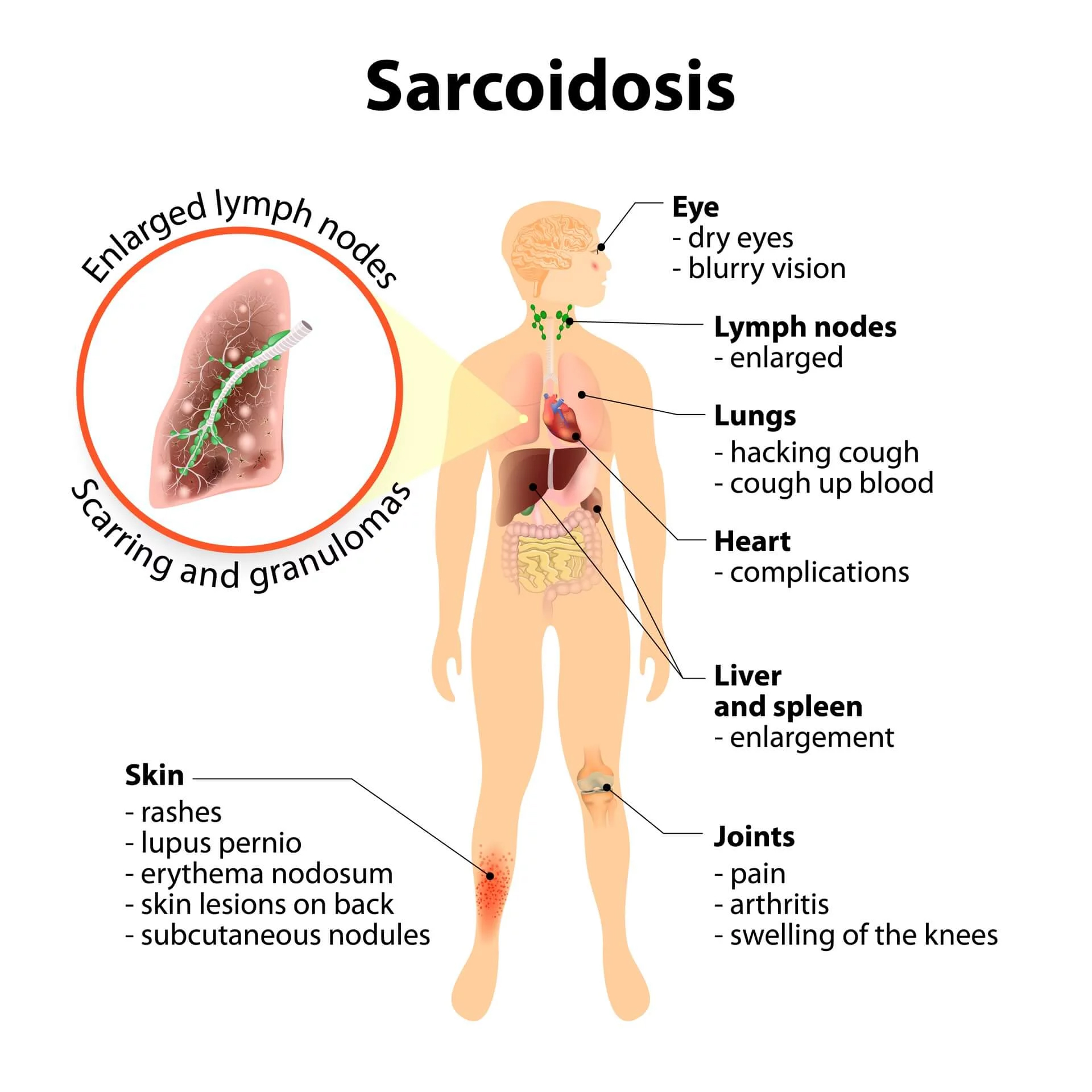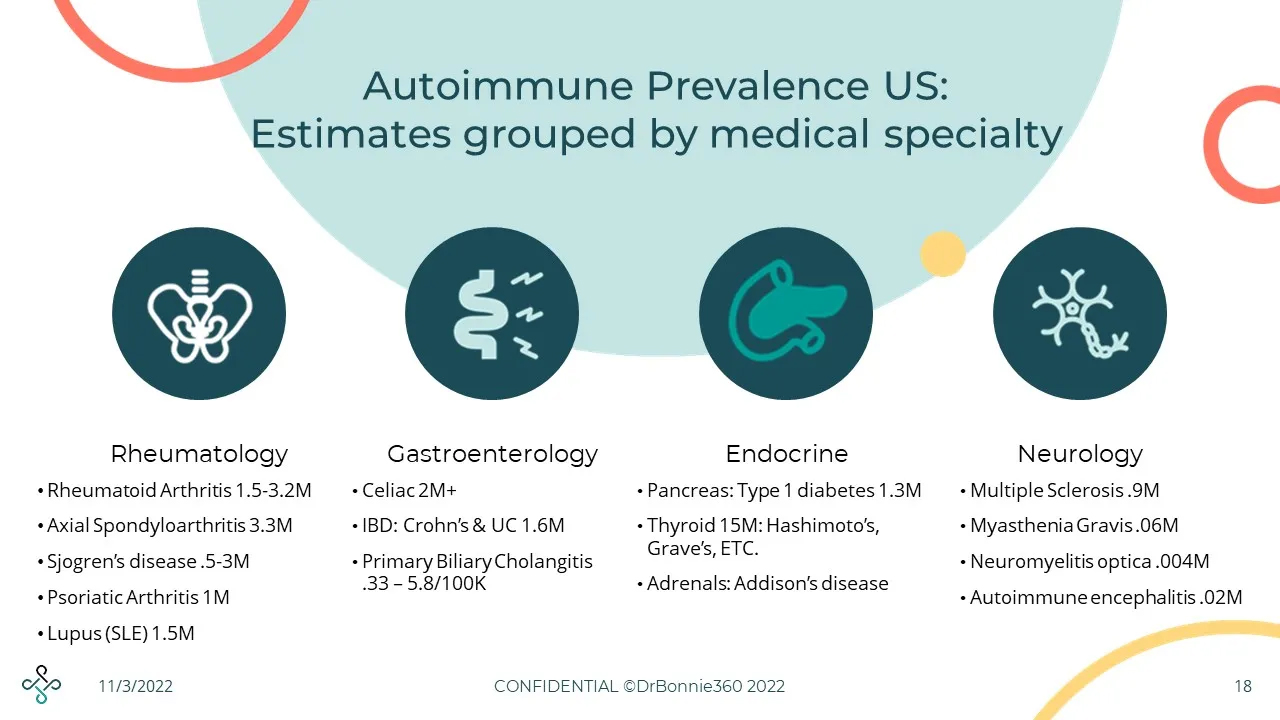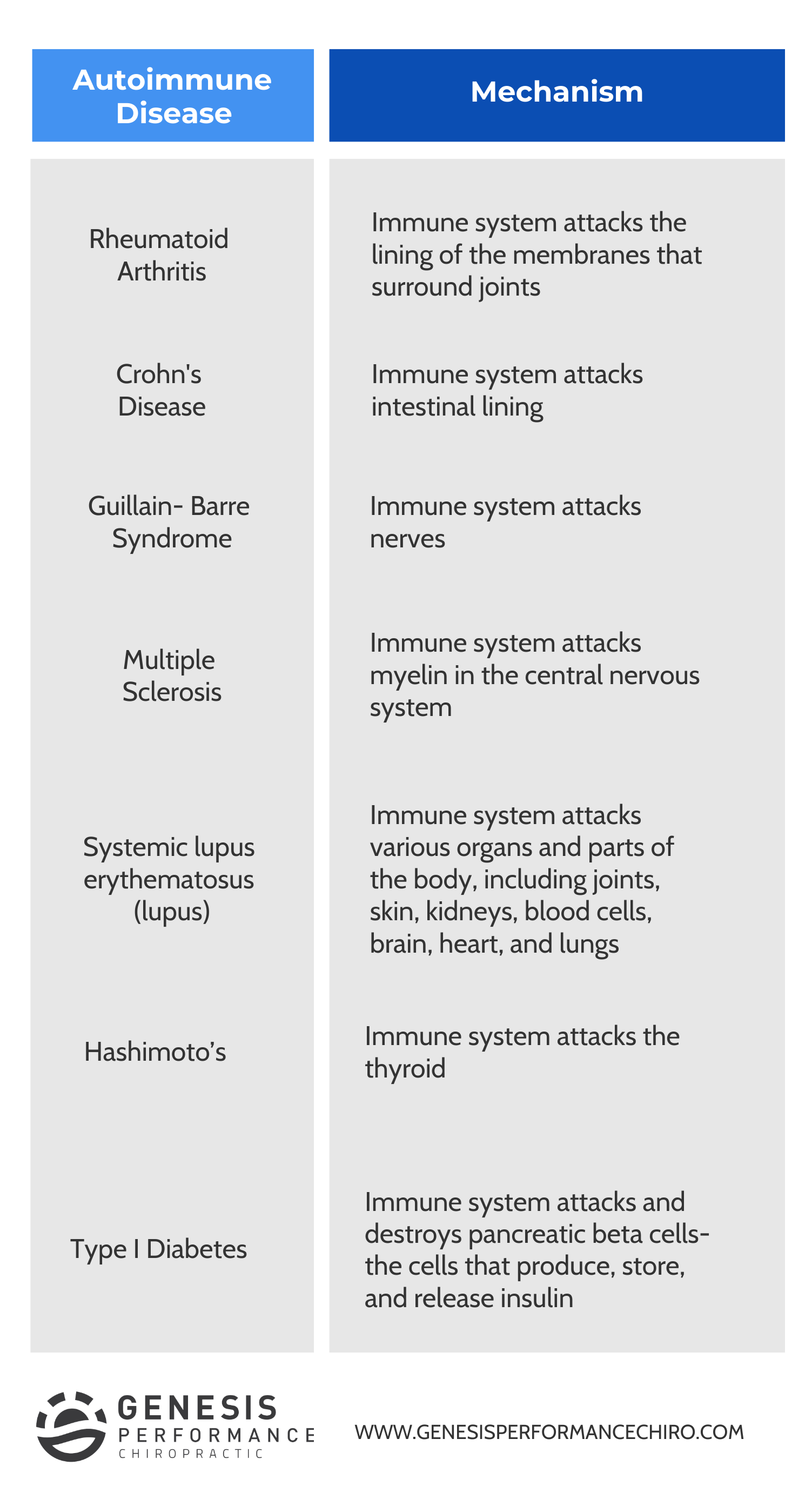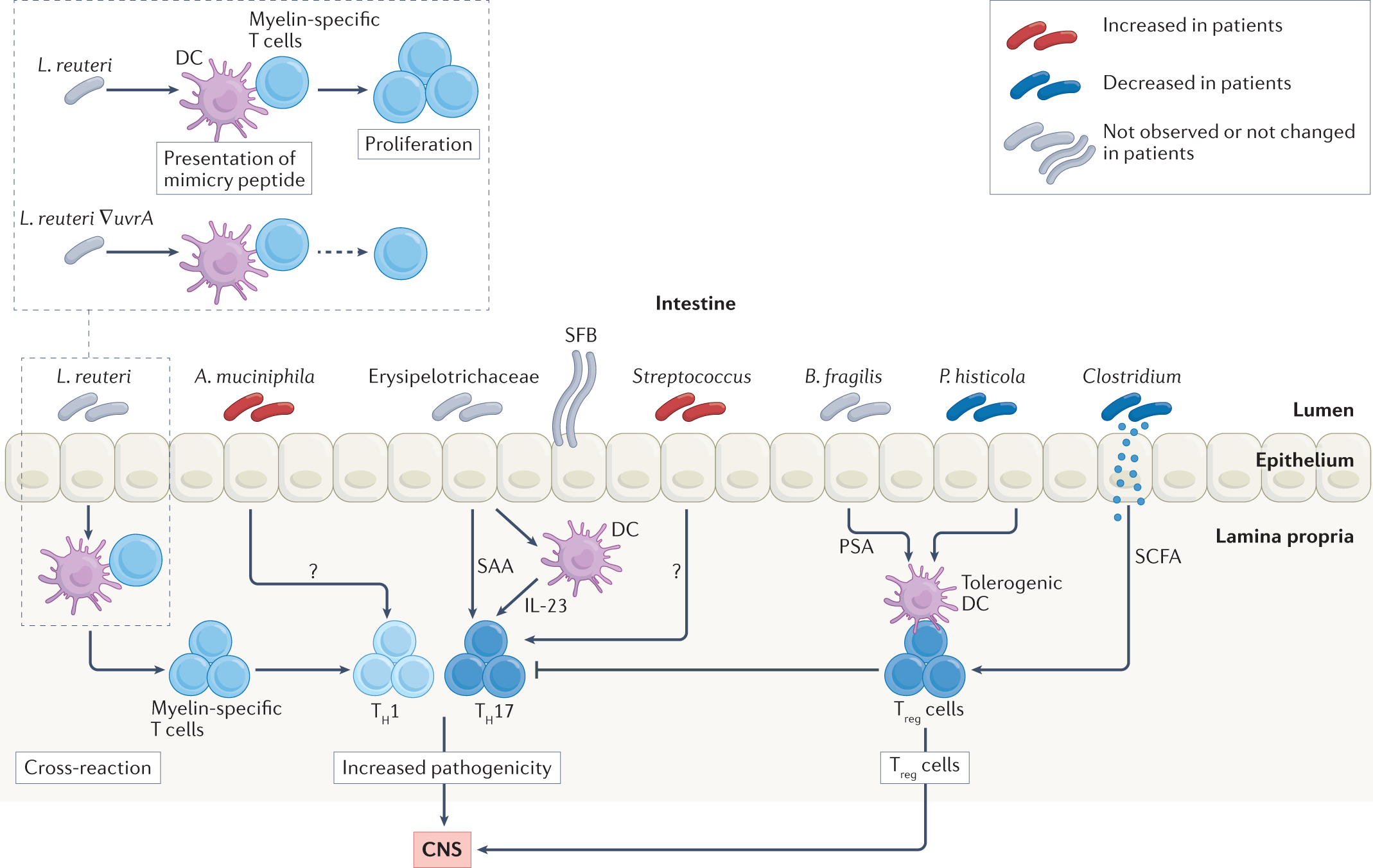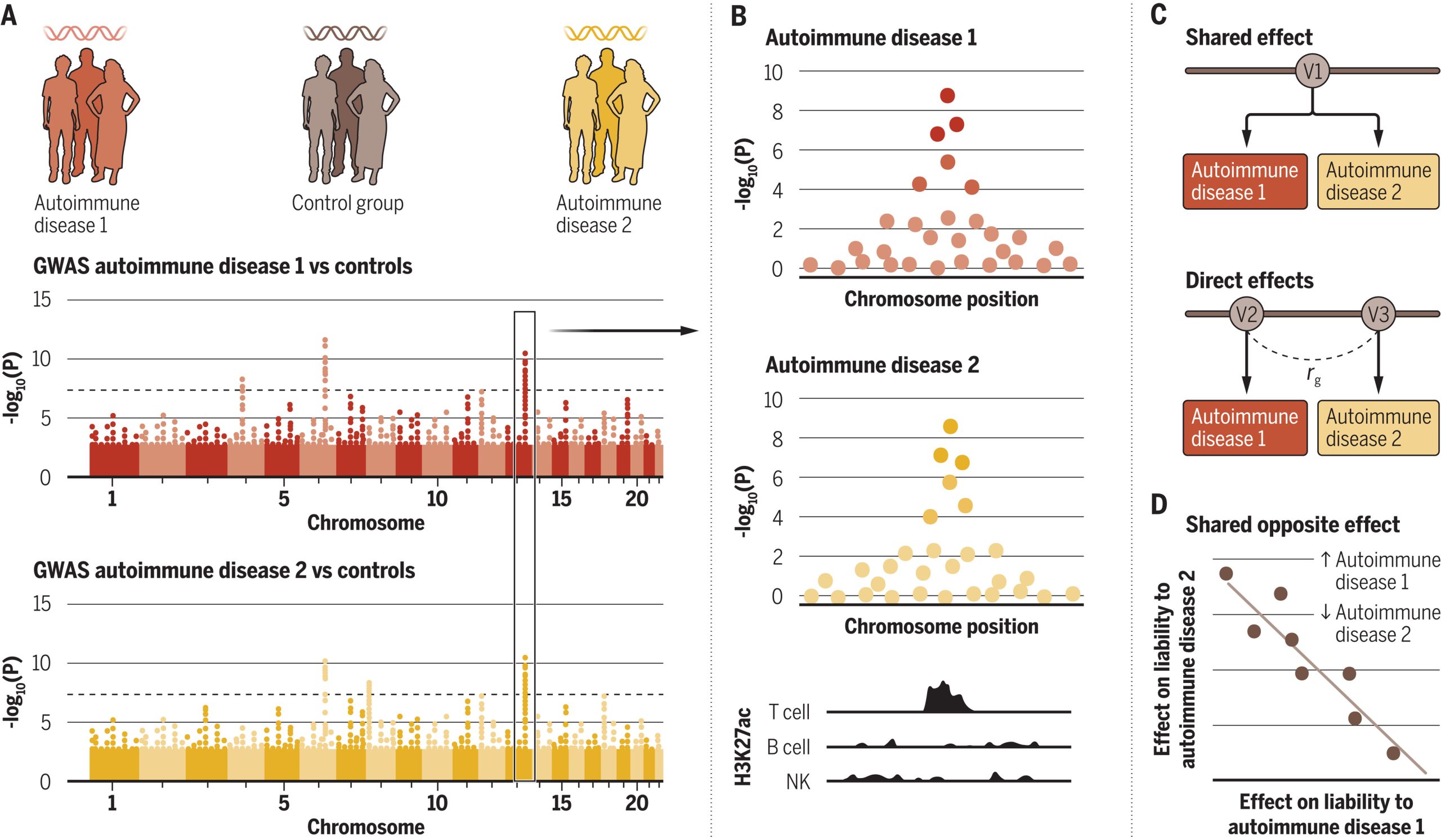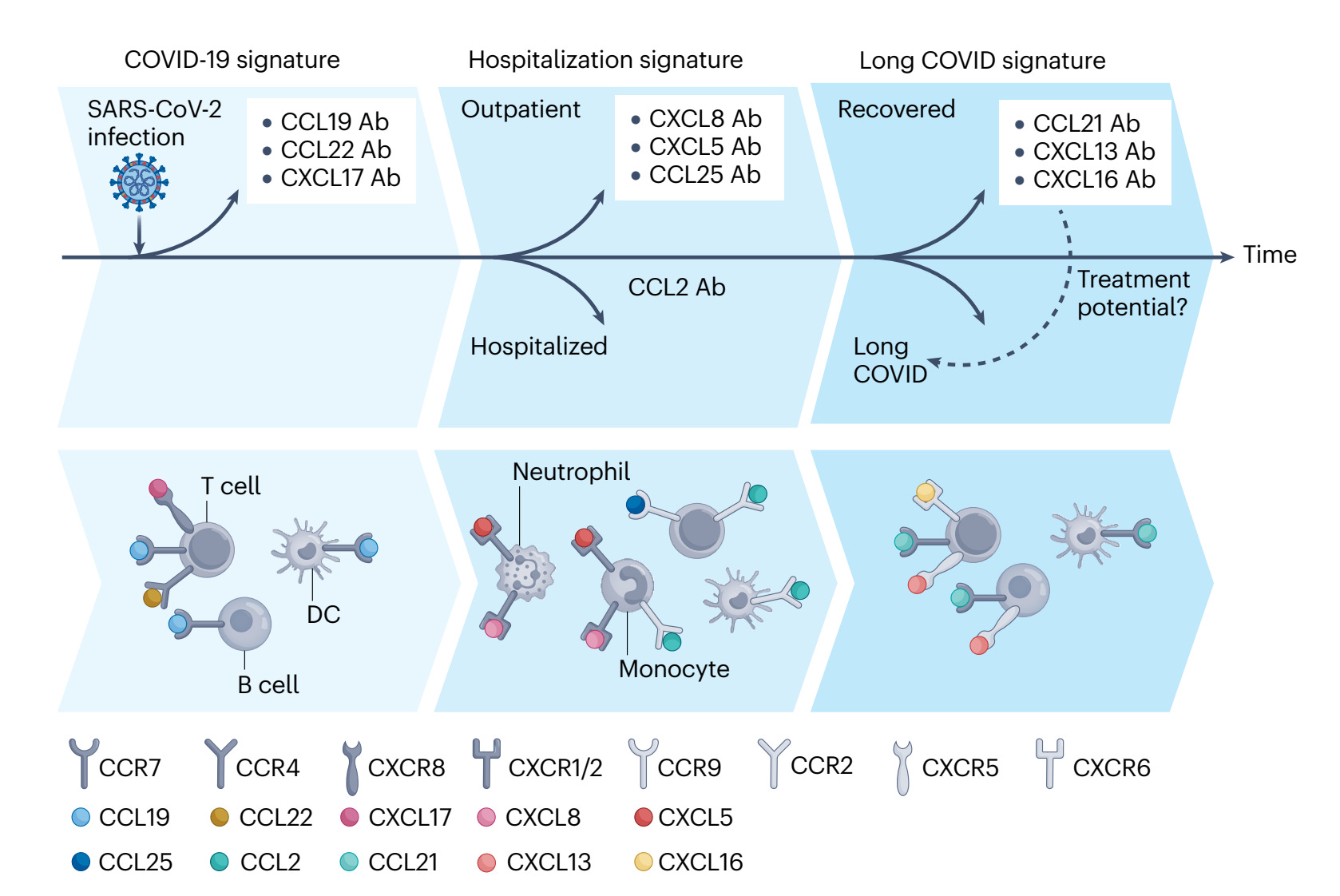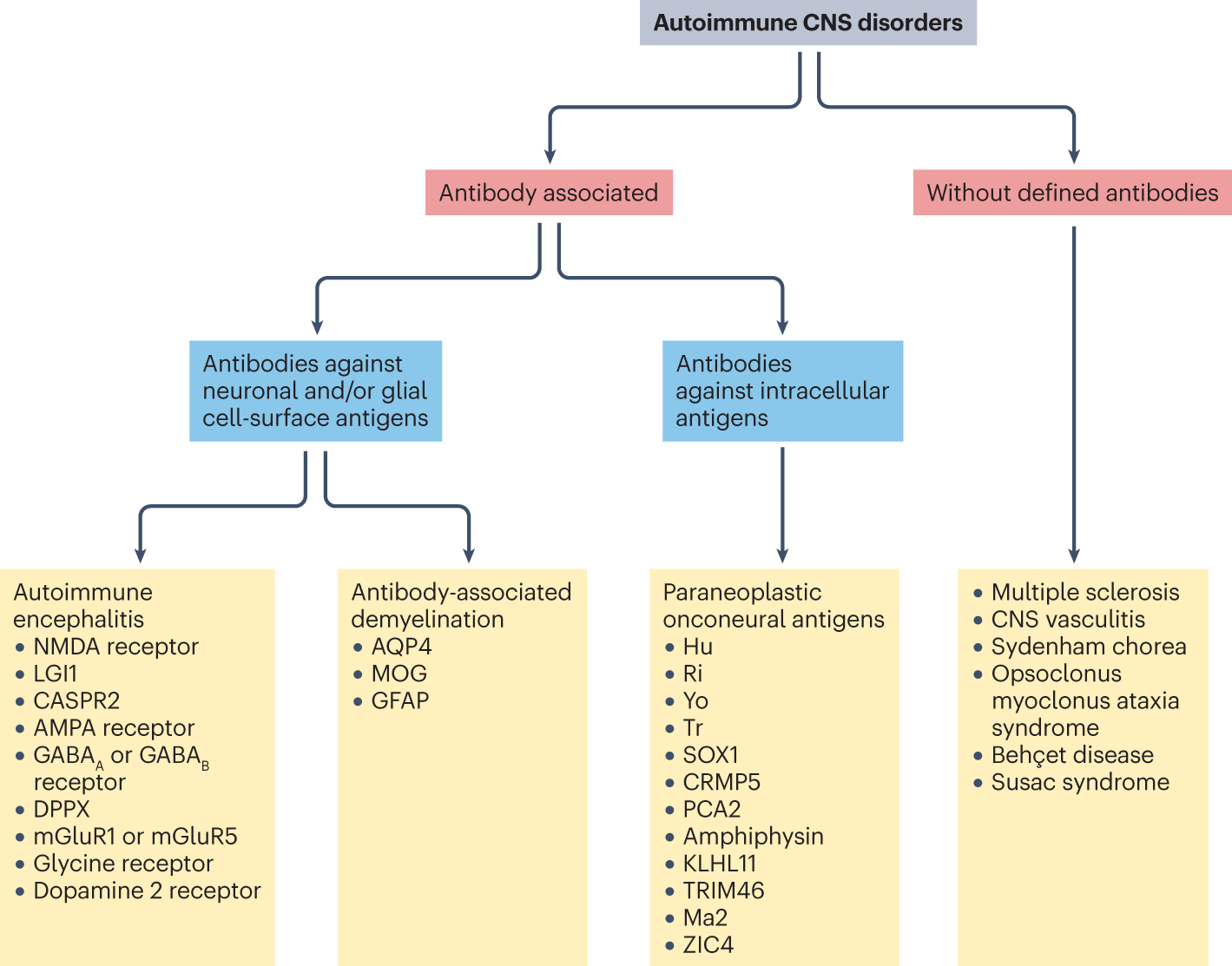Prostate Conditions
Acute prostatitis This is acute inflammation of the prostate, which usually occurs in infection Causes Young adults – Chlamydia trachomatis, Neisseria gonorrhoeae Older Adults – E. coli Symptoms Dysuria, urinary frequency, and suprapubic pain Can cause urinary retention leading to pain and haematospermia Systemic symptoms, e.g., fevers Key tests DRE gives tender prostate and secretions reveal bacteria Management Antibiotics e.g. levofloxacin (Quinolone) or Trimethoprim Benign prostatic hyperplasia (BPH) This refers to hyperplasia of the prostate which occurs with age and is common. It does not increase the risk of cancer, as it is the central













